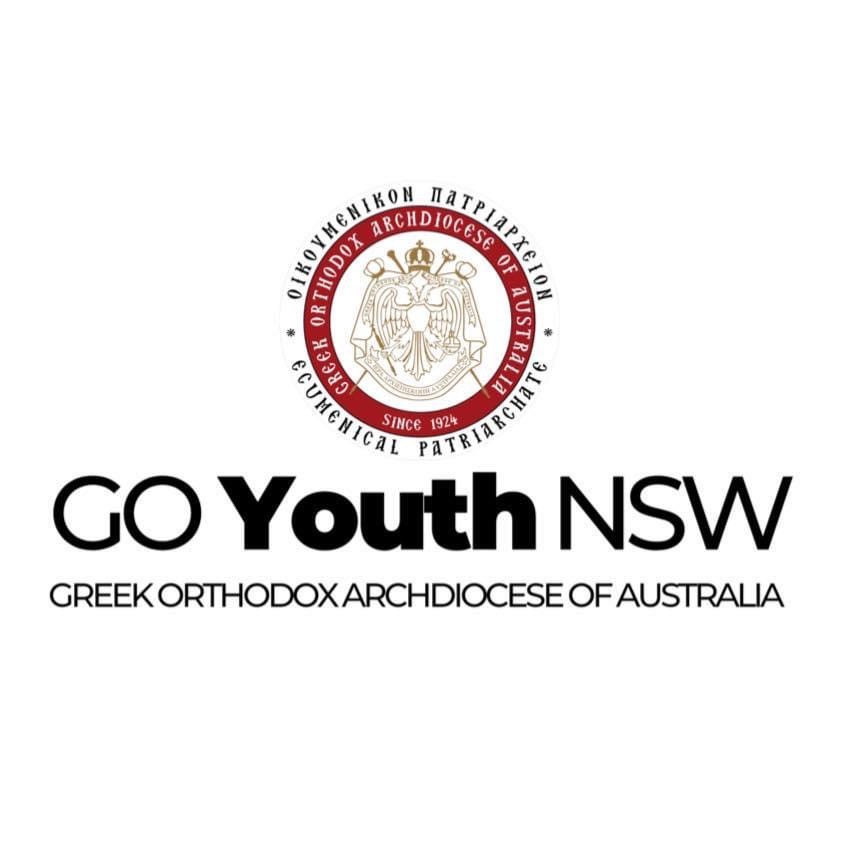The Different Orthodox Worship Services | Tradition Explained
- Youth Movement | GO Youth

- Nov 12, 2020
- 3 min read
There are many different types of worship services in the Orthodox Church, each which has a different purpose for the faithful who attend. Here are some of the most common explained.
The Divine Liturgy
The Divine Liturgy is the central worship service of the Church, where the faithful participate in the Sacrament of the Eucharist. There are two parts to the Liturgy - first, the Liturgy of the Catechumens, where the Scriptures are read and spiritual instruction given; following this is the Liturgy of the Faithful, in which the gifts of bread and wine are offered and consecrated. It is during this part of the service that those baptised into the Orthodox faith can partake of the Sacrament of Holy Communion. The core of the Liturgy dates from the time of Christ and the Apostles. Prayers, hymns, and gestures have been added throughout the centuries. The Liturgy achieved it's final basic framework by the ninth century. To the Orthodox Christian, the Eucharist expresses the deep joy of communion with Christ and His Church.
Matins or Orthos
This is a morning prayer service that usually comes before the Divine Liturgy. The Matins service, served by the priest, deacon and chanters, offers both praise to God and instruction to the worshipers. If he has not already done so, during Matins the priest prepares the gifts (bread and wine) for the Divine Liturgy. The tone of the service is one of preparation, building towards the joy of the Divine Liturgy.
Vespers
Vespers is an evening service. Since the Orthodox liturgical day begins at sunset, it is considered the day's first service. Its hymns introduce the day's themes.The service outlines the Old Testament period, the creation of the world, the first human beings falling into sin, of their expulsion from Paradise, their repentance and prayer for salvation, the hope of humankind in accordance with the promise of God for a Saviour and ending with the fulfilment of that promise.
This service is not truly an Eucharistic Liturgy. It is an evening Vesper service followed by the distribution of Holy Communion reserved from the previous Sunday. This Liturgy is celebrated only on weekdays in Great Lent, and Monday, Tuesday and Wednesday of Holy Week, when the full Eucharist is not permitted because of its Resurrection spirit.
The Service of Supplication: Paraklesis
The Service of Supplication (Paraklesis) is one offered especially at times of sickness, temptation, or discouragement. The various prayers ask the Lord for guidance, personal strength, and healing. Many of the hymns and prayers are directed toward Mary, the Theotokos, and they ask for her assistance. Orthodoxy affirms that each of us, with Mary, the Saints, and the faithful who have passed into the next life is united in a bond of faith and love in Christ. Just as in this life we can turn to each other for prayer, the Church believes that we can also turn to Mary - the human being closest to God - and ask her to pray to God for us. There are two forms of the Service of Supplication: the Greater and the Lesser. It is Lesser Service of Supplication which is briefer and the one most frequently offered.
Akathist Hymn
The Orthodox Church worships God alone. Yet, she does offer veneration to people who have been important human instruments of God in the history of salvation. Among those so venerated is Mary, the Mother of God the Theotokos, as the one chosen by God to bring Christ into the world. The word akathist means without sitting. The congregation stands throughout the Service out of respect for Mary and her unique role in our salvation in Christ.
The Great Blessing of Water: Megas Agiasmos
Epiphany, one of the oldest and most important Feast days of the Orthodox Church, commemorates the manifestation of the Holy Trinity which took place at the Baptism of Christ in the Jordan River. The Great Blessing of Water is held on the eve of the Feast of the Epiphany and on the day itself, following the Divine Liturgy. The Blessing affirms that humanity and the created world, of which we are a part, were created to be filled with the sanctifying presence of God.






Comments